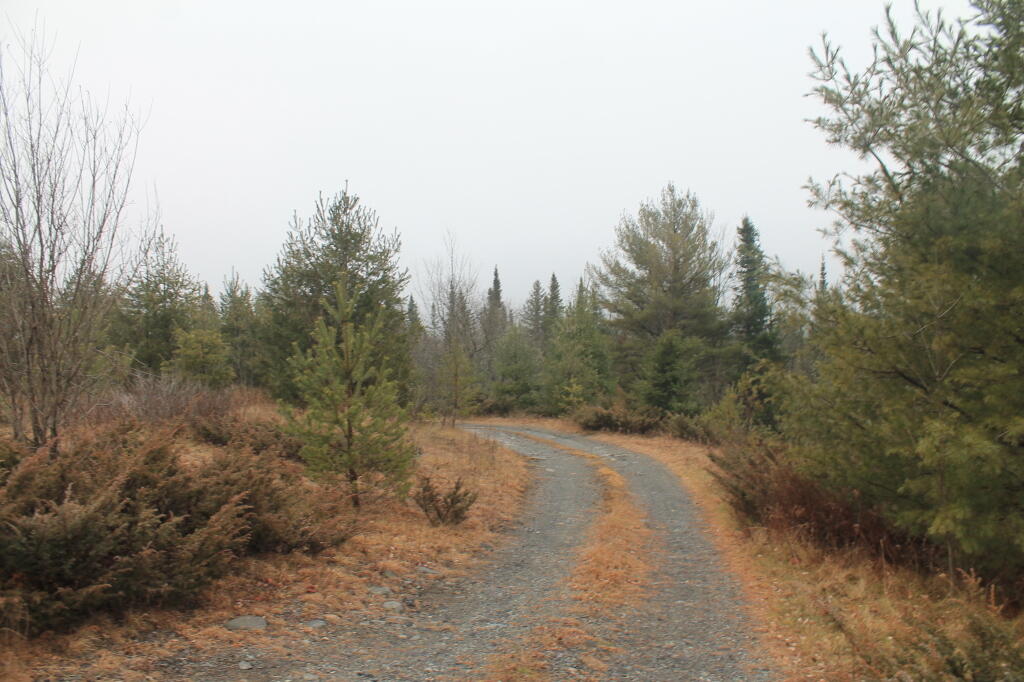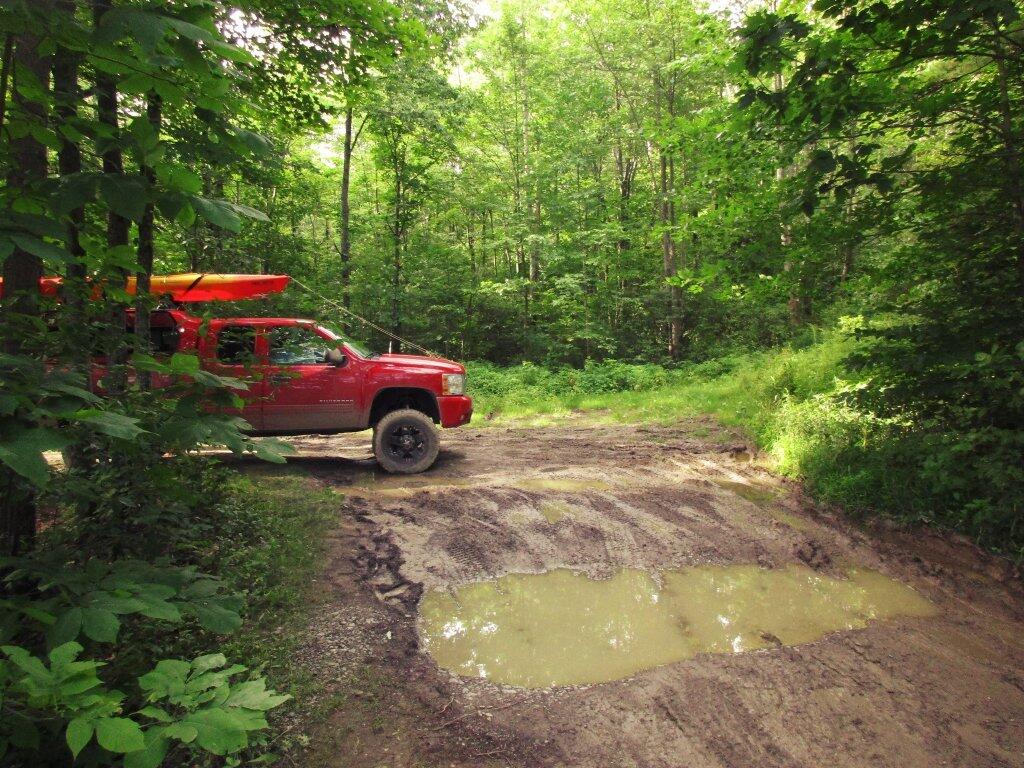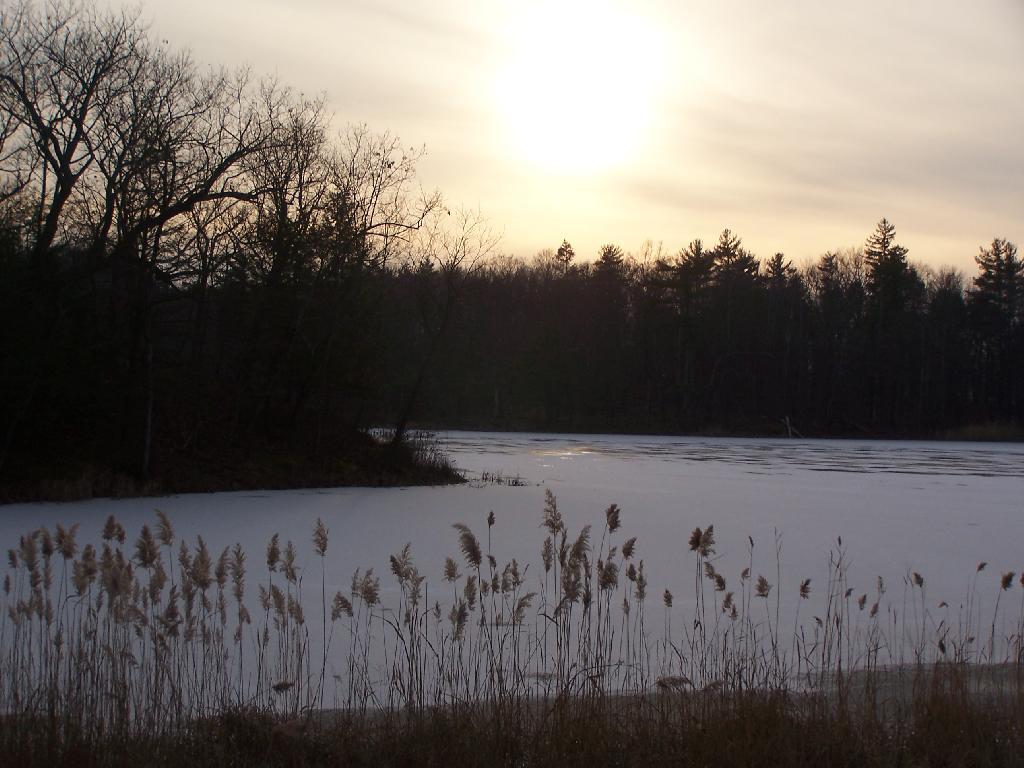Over the past couple of days I’ve been thinking about what I want do for my Columbus Day Week Road Trip. While it feels like I just got back from my five-day August eclipse trip, that is really a fading memory, and I’m ready for another big trip.
One option, mostly discounted would be a Vermont Northern New York trip. This would be good if I don’t think I could spend the full nine days on the road due to bad weather, some issue with the truck (unlikely), having to do work (also unlikely), or family needs.
That trip if I do it would consist of overnight in in Southern Green Mountain National Forest, then heading up to Mid-State outside of Middlebury then head north and drive through Smugglers Notch. I’ve never driven through Smuggler Notch and that would be interesting. From there head east to the Northern Adirondacks or maybe outside of Malone to the Deer River State Forest then to some of the state forests I’ve long wanted to explore in Saint Lawrence County, like Wolf Lake State Forest and Frank Jadwin State Forest. Then come down through the Tug Hill Plateau. That might be an interesting trip, but that’s not the one I really want to take.
The October trip I really want to do is the multi-state trip that I did to years ago to West Virginia and Virigina. But with some different destinations then two years ago. I think I want to actually see the Blackwater Falls in West Virigina, visit Ohiopyle State Park in Pennsylvania, drive through more of the farm country in the Shenandoah Valley and do more of the Blue Ridge Parkway in Virigina. This year, I’m much less interested in Shenandoah National Park and Skyline Drive, as I feel like I’ve done that before, and I’m not interested in the constrained forms of recreation that parks provide. I’d rather spend more time seeing the Blue Ridge Parkway, where the speed limit is 45 MPH and the curves in general are much less sharp and hills are smoother. The Blue Ridge Parkway is such a nice drive compared to so many other roads these days, especially the steep hills of West Virginia.
The one thing about this trip option is it will have me staying more in developed campgrounds then I would like. Yes, most of the $10 or even $20 fees are nuisance fees in the grand scheme of things, but I like having my space while camping. It’s just not the same to camp when you have somebody else 20 feet away and you have to keep the noise down. That said, showers are nice.
The places I would camp in West Virigina in the Mongehella National Forest, along with the George Washington National Forest are dispersed camping areas and are remote enough I probably wouldn’t see many people around except for a passing pickup. I like West VIrigina, but those roads sure are steep, twisty, and narrow. I don’t want to overheat my brakes again or worry about that.
One thing that Northern West Virginia has going for it this year with my new phone is that the AT&T GSM network has much better coverage up there, especially outside of the hollows. On the long autumn nights, I like to be connected to the Internet, surf the web, update my blog, and no I can summon emergency services should I run into mechanical problems. I’ll take a long gun and extra food but I don’t like having zero service for multiple days on end. I just hate being totally off grid, especially in such remote country. The lack of cell service with my Verizon network CDMA phone more then anything else bugged me a lot about camping in West Virigina.
This year though, if I go down, I probably won’t first visit the Alleghany National Forest but will instead stay at Asaph Run or more likely County Bridge Primitive Campgrounds. They are $10/night but they are worth it as they closer to being on the way, and I can then hop on US 15/US 220/Interstate 99 and head straighter for Cumberland, Maryland then West Virigina and either to Forest Road 13 outside of Thomas, WV or Camp Run in Fort Seybert, WV. I liked the dispersed camping a lot along the high-elevation swamps on Forest Road 13, although I always worry about their being enough campsites up there because it’s somewhat limited along the road. That would bring me close to Blackwater Falls for visiting the net day, and also along Corridor “H” which is a newer expressway to Thomas. It passes by a massive coal fired power plant, which might be interesting to drive by just to see what is like in person. Another option down in the corner of Pennsylvania by West Viriginia is the aforementioned Ohiopyle State Park, which I’ve been interested in a while but are more interested since that hunter last autumn that I ran into on the trail told me what beautiful country it is up there.
Dolly Sods Wilderness is quite scenic but it’s a way up and I’ve been there before so I may skip that. Same thing with Gandy Run Camping Area and Spruce Mountian, the highest elevation in the Mountain State. I’d rather hurry down to the Blue Ridge Parkway.
I would at some point crossover to Viriginia — I’m thinking US 250 — then drive down in the Shenandoah Valley for a bit before heading up to the Blue Ridge Parkway. I’ve seen the Shenandoah Valley from Shenandoah Parkway but never spent much time down in it.
The Blue Ridge Parkway is a nice drive. The North Creek Campground in Bucchan, VA is quite nice, for $10/night and even had a bit of CMDA cell service there. No showers though. The next overnight would be the Flat Rock or whatever the developed campground is on the Blue Ridge Parkway is south of Ronoake. I think that one is like $25/night but they they have showers and maybe even electricity at campsites.
At that point, I would almost be to the Tennessee line and I doubt I would go further south. I would probably come back part of the way I came, then more of the Shenandoah Valley, camping over again at North Creek Campground in Buchanan then probably heading up to West Virigina and camping over at Camp Run in Fort Seybert. I might then drive home from there or maybe overnight at County Bridge or Asaph Run in Wellsboro, because I really don’t like driving that much, and it gets dark so early in October.
I don’t have everything planned out and I need to study maps some more. But that’s fine. I’ll work on that tomorrow, and realize there is more to plan. That said, next Saturday, October 7th will be here before you know it.


